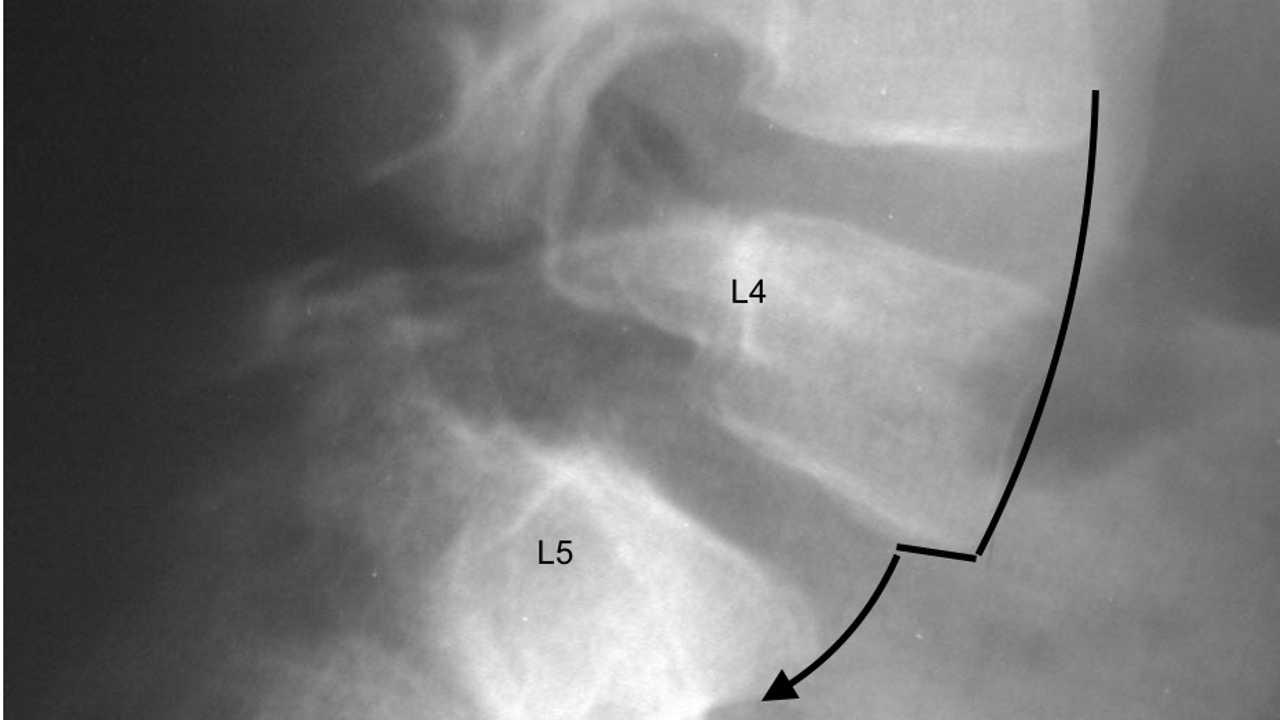
TOP TEN QUESTIONS (AND ANSWERS) ABOUT SPONDYLOLISTHESIS
Feb 10, 20201. What is spondylolisthesis?
Spondylolisthesis refers to slippage (usually forward) of a vertebra relative to the vertebra below it. The Greek root spondylo means spine, and listhesis means to slip or slide.
2. What is “Spondy” and how is it different from Spondylolisthesis?
It’s the same thing: Spondylolisthesis is referred to as “spondy” for short
3. Is spondy the same as a slipped disc?
No. Although the boney vertebral bodies (vertebrae) of the spine can shift and “slip”, the intervertebral discs do not “slip”. It’s a huge misnomer.
4. What does spondylolisthesis feel like?
Spondylolisthesis commonly occurs in the lumbar spine (and the neck). It can feel like a stiff or spasmy lower back, pain in the butt, numbness, or weakness in the legs, difficulty walking. In extreme cases it may result in loss of bowel or bladder control.
5. How is spondylolisthesis diagnosed?
A skilled clinician can palpate the spondy segment to determine if it is stable or shifted and may perform other physical therapy assessments. X-rays and CT scans can show more detail and diagnose the "grade" of spondy, which brings us to #4
6. What can I expect from a spondylolisthesis diagnosis?
Spondy is graded from 1 to 5, usually in roman numerals and each gradation refers to a percentage of slippage:
- Grade I =1 to 25% slippage
- Grade II = up to 50% slippage
- Grade III = up to 75% slippage
- Grade IV = 76-100% slippage.
- Grade V = 100% or more slippage, also known as spondyloptosis
7. What’s the difference between spondylolisthesis and spondylosis?
- Spondylolisthesis is a movement of one vertebrae over the one below
- Spondylolysis is a crack or stress fracture in a specific part of the vertebra
8. What causes spondylolisthesis?
Although no single cause can be determined, some of conditions that lead to spondylolisthesis are obesity, disc degeneration, congenital stress fracture to some part of the vertebral bone, traumatic sports injury or crash.
9. How is spondy treated?
- Spondy craves stability so it’s important to stay active. Remember that spondy is a condition of instability, so stretching is not the answer and may exacerbate the segmental instability.
- Avoid languishing in “bed rest” mode, avoid activities that aggravate your symptoms, reduce twisting and bending until the acute phase of discomfort has passed
- Over the counter anti-inflammatories (ibuprofen) are a solid first line of defense
- Sometimes a back brace can help reduce the instability that may exacerbate the degree of slippage over time
- More severe grades of spondy may warrant surgical stabilization but if your spongy is grade I or II, you are encouraged to exhaust all other non-invasive options before committing to surgery.
10. What can I do to prevent spondylolisthesis from getting worse?
- Establish a great team of doctors, therapists, clinicians and your at-home support network
- Engage in whole body interventions, including sleep, hydration, nutrition, stress management, mindfulness
- Practice strategic functional strengthening
- "Symptom Sleuth" to identify which ranges of spinal movement and which activities aggravate the condition
- Craft an artful balance of exercise, stretch and recovery in to your everyday movement practice
11. (BONUS QUESTION) How do you know so much about spondylolisthesis?
In 2009, I was diagnosed with multiple degenerated discs, two herniations and grade I-II spondylolisthesis. Not properly diagnosed, but also present: Three end plate fractures, facet joint syndrome and sacroiliac joint compression. My own pain led me to learn as much as I could about spondylolisthesis so that it wouldn't get worse.
One of the most important lessons learned was that McKenzie stretches and a lot of the yoga poses I was practicing were contra-indicated (worsening) the spondylolisthesis. This led me to figure out how to get stronger: What to do, what not to do, from activities of daily living, to yoga to lifting weights.
These days I have zero pain. I am on a mission to share what I've learned.
Yours in health,
Dinneen

